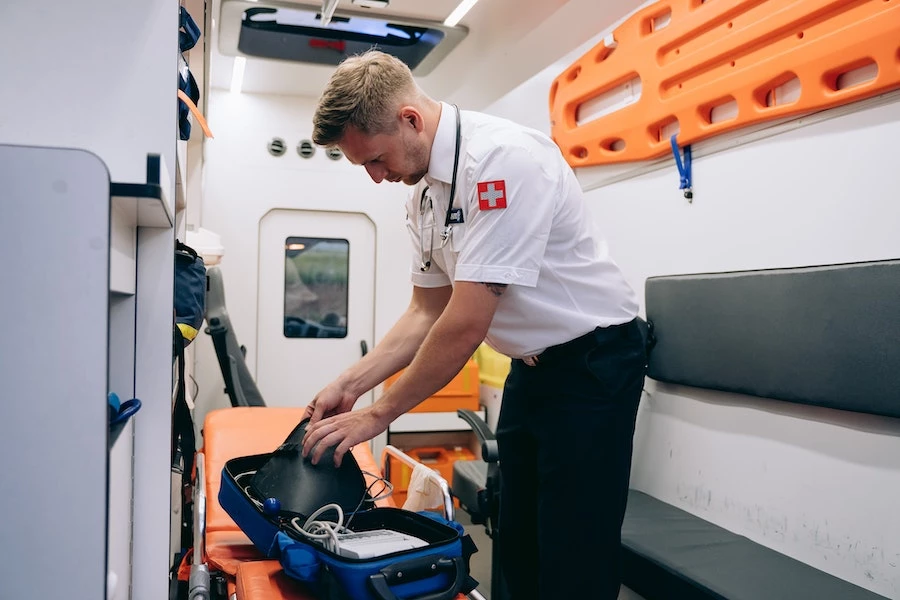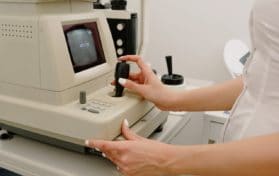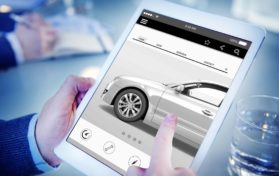
One of the primary industries benefiting from technological advances is the healthcare industry. From medical devices to wearables and surgical robot arms, pieces of medical equipment now come in innovative designs for better functionality—improving patient care and experience.
Medical tools are crucial in life-threatening situations. For emergency responders, wound and injury management devices such as splints, bandages, and tourniquets must work efficiently to stabilize patients. Companies carry out a wide range of these products. You can search for them on your browser or go here to discover the latest products available.
As a medical professional, one must be aware of the latest trends and innovations that impact emergency care and patient outcomes—some of which are discussed in this blog.
1. Bleeding Control Kit
Accidents and trauma can lead to bleeding, which, if left unaddressed, can lead to death in a few minutes or hours. The military sector was the first to use this technology, where coagulant is integrated into wound dressings to accelerate the clotting process.
Pharmaceutical companies have adopted this technology to prevent hemorrhages and save lives. This kit often comprises gloves, shears, gauze, a bandage, and a tourniquet to stop the bleeding quickly. Instead of waiting for several minutes for emergency services to arrive, first responders can use the kit in an attempt to save lives.
2. Wearables And The Internet Of Things
The healthcare sector is constantly evolving. For instance, when movement restrictions were implemented to prevent the spread of the COVID 19 virus, professionals and patients used telehealth and telemedicine to ensure continuity of care. The pandemic has also increased the use of the Internet of Things (IoT) and the wearables for better patient management. Industry estimates reveal that the IoT medical devices market is expected to triple in five years, from being valued at USD$ 26.5 billion in 2011 to USD$ 94.2 billion in 2026.
Smartwatches are the most common medical wearables. These devices can measure the wearer’s vital signs, including heart rate, blood pressure, and oxygen saturation. Any abnormalities in these statistics can spell the difference between life and death. If a wearer’s heart rate suddenly drops, medical professionals can be notified immediately as a life-saving exercise.
IoT can be used in different settings within the healthcare sector. Besides making remote patient monitoring possible, medical facilities can also use this technology to track their resources, such as defibrillators, nebulizers, wheelchairs, oxygen pumps, and other medical equipment used in emergency medical services. IoT can also monitor other resources such as medications, temperature, etc.
3. Apps To Improve Emergency Care Management
Gathering, processing, and sharing medical information is guided by strict standards of the Health Insurance Portability and Accountability Act of 1996 (HIPAA). These data protection rules safeguard patient information, but they may also cause issues in emergencies.
Fortunately, some mobile applications allow a secure exchange of information between emergency responders and hospital staff. With specific apps, emergency medical technicians transporting a patient can provide vital medical information to emergency staff at the hospital. With an embedded global positioning system (GPS) technology, these apps can also alert and monitor ambulances to better prepare for the patient’s arrival.
Another app enables non-medical personnel to perform cardiopulmonary resuscitation (CPR) while waiting for responders or ambulances to arrive. A separate app can assist first responders in documenting CPR and other life-saving techniques performed on a patient to improve hospital referral procedures.
4. Artificial Intelligence
Artificial intelligence can be used in multiple applications and various industries. In the healthcare industry, it can be tapped to make smarter decisions and enhance physicians’ diagnostic capacities. AI can analyze electronic health records and determine a patient’s predisposition to certain diseases.
AI can also help surgeons become more adept at operating on a patient by providing real-time images, information, and analysis. With access to better data and mapping activities, doctors can avoid costly surgical mistakes. AI can also help predict and address supply chain issues affecting healthcare companies.
5. Augmented Reality For Better Emergency Management
Augmented reality (AR) can generate superimposed images in a subject’s real-world environment. Besides being helpful in virtual tours in the real estate sector, AR can also be used in the healthcare industry.
As a proactive strategy, medical facilities and government agencies can simulate disaster situations to predict potential outcomes. With these in place, institutions can better plan their responses across all aspects, including medical emergencies.
Additionally, surgeons can use AR to improve their skills or train interns. With it, medical instructors can simulate emergencies and let their apprentices respond accordingly to test their proficiency. Nurses can also use AR to improve intravenous (IV) management, for instance, by mapping a patient’s veins before drawing blood or injecting medications with ease.
This technology can also train medical professionals, particularly emergency responders, in enhancing their core competencies, for instance, in the airway, injury, and wound care and management. The good thing is that it’s used in a fun way called the gamified learning modality.
The Bottomline
In emergency care, time is of the essence. Emergency responders can’t perform their tasks properly without the tools and means to deliver life-saving support at the right time and with fewer errors.
As discussed in this blog, the use of technology has enabled medical professionals to efficiently provide critical care to patients with more confidence—ultimately improving patient experience and results.





